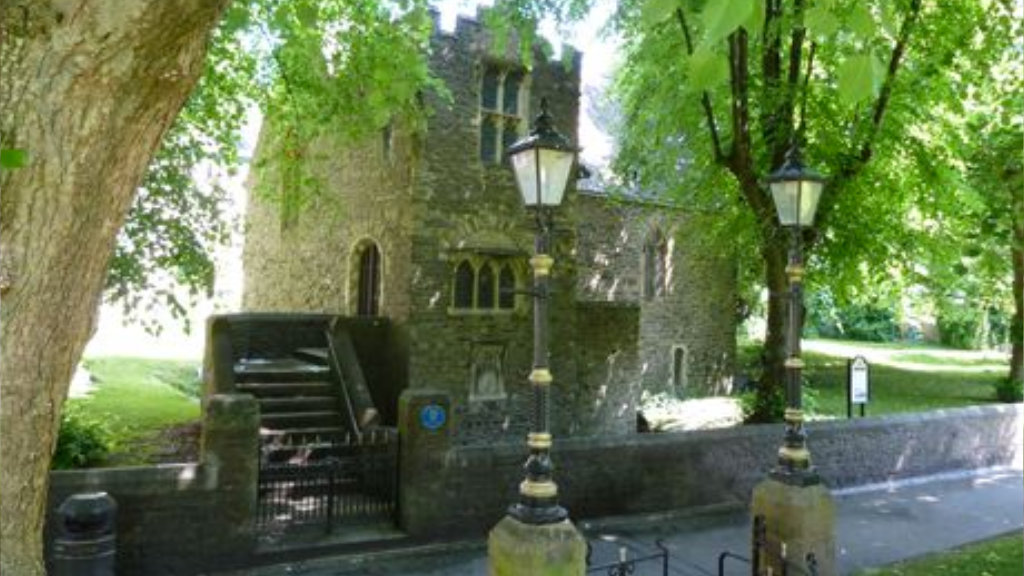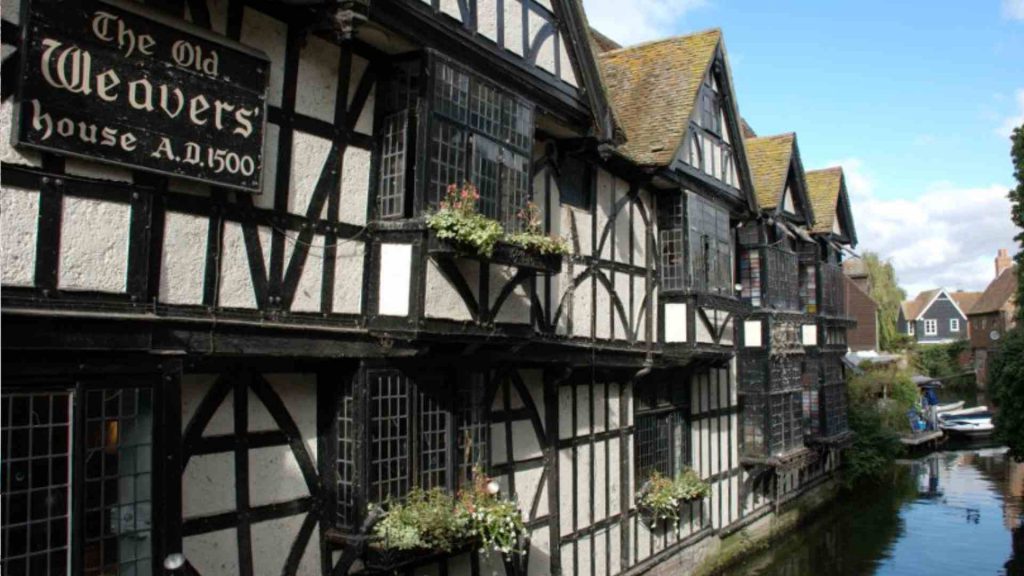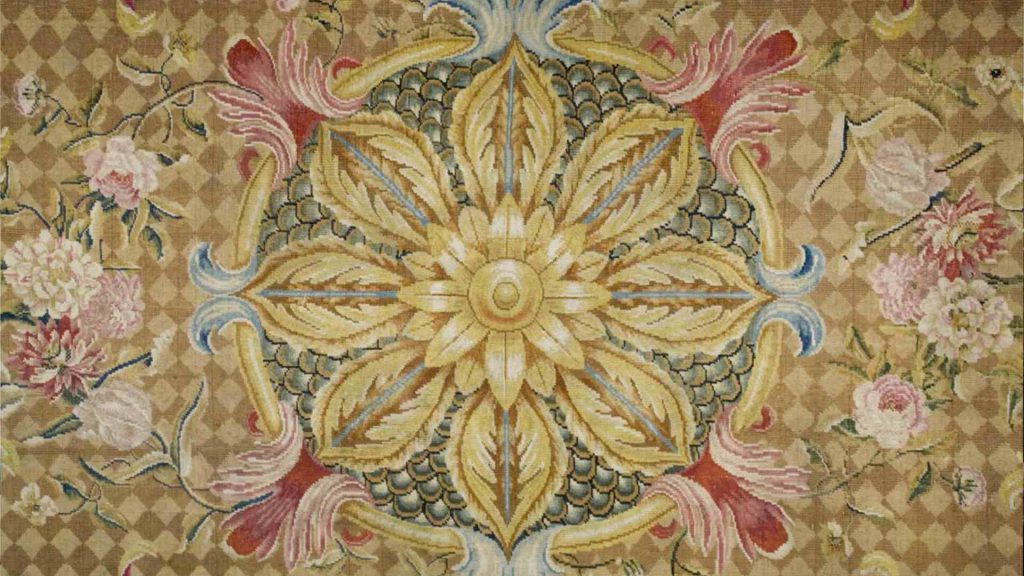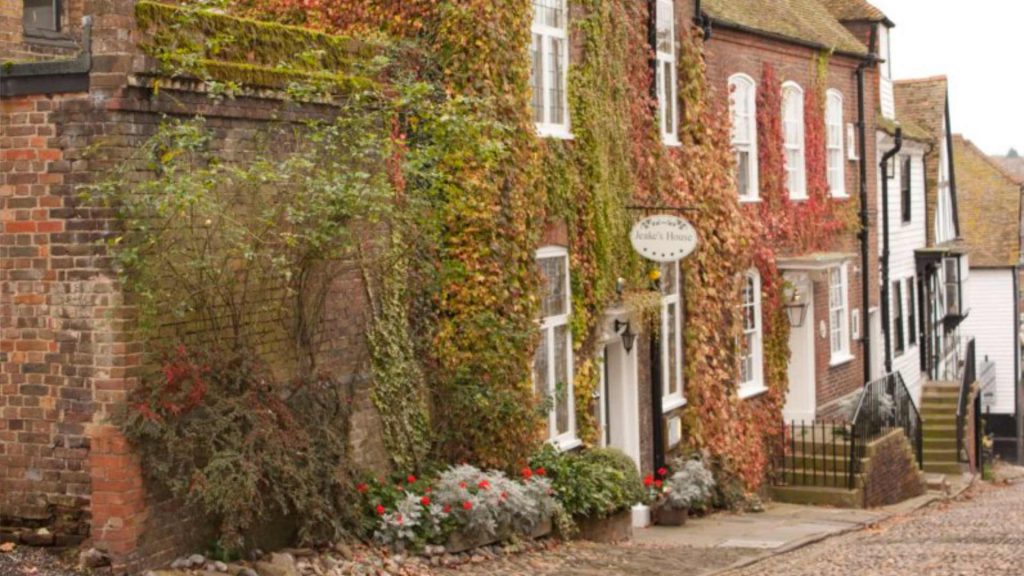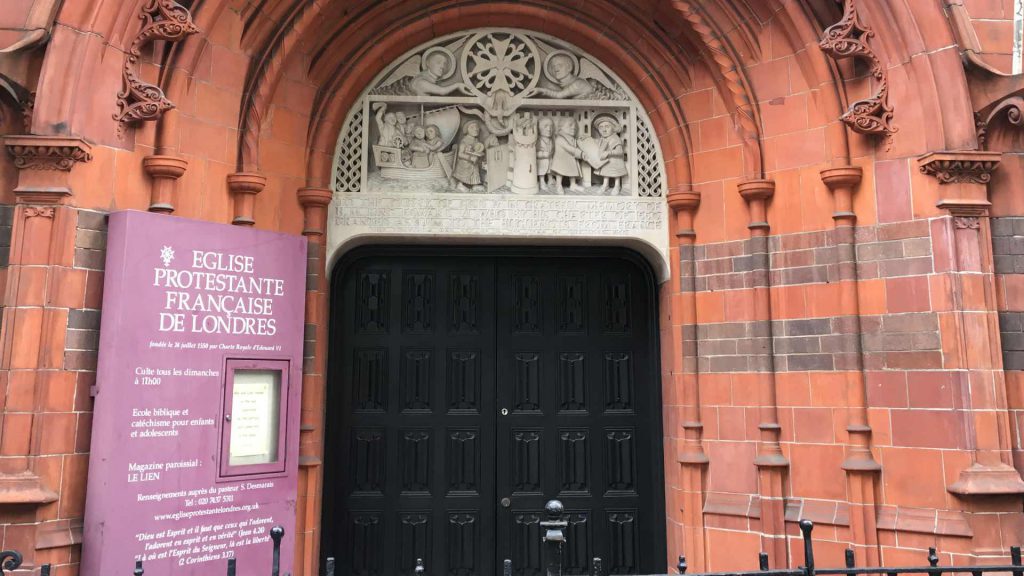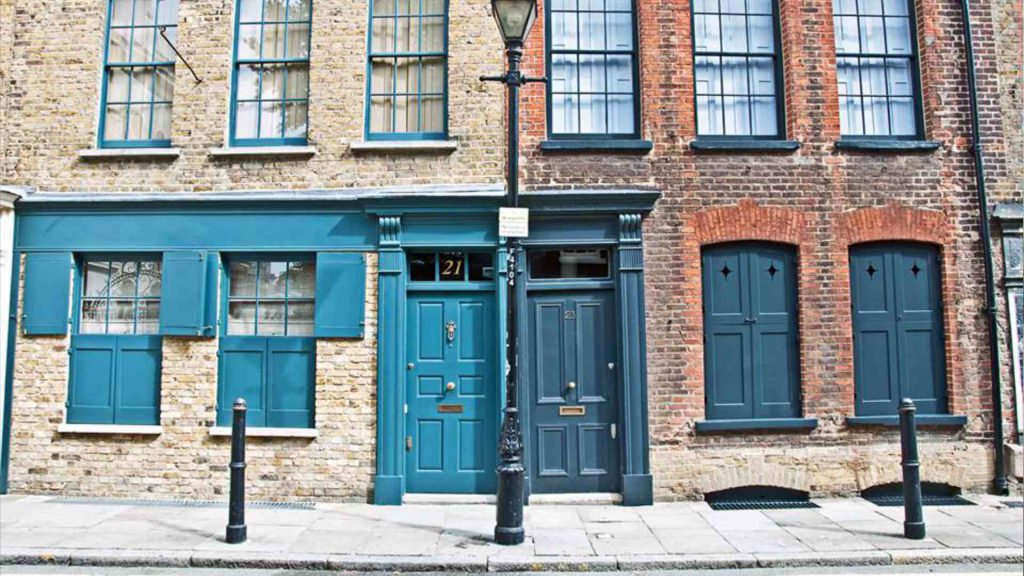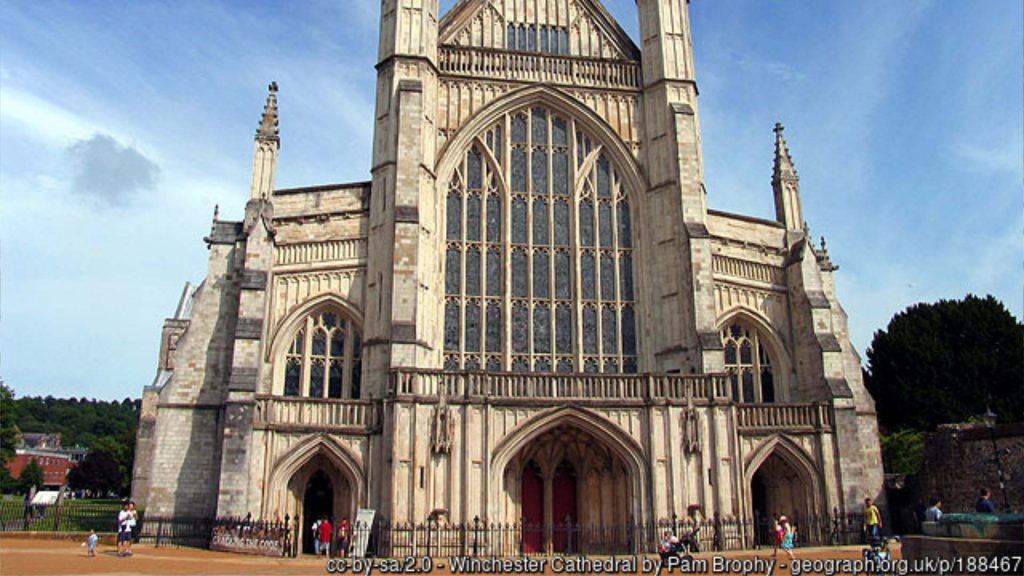Huguenot Places
There are traces of the Huguenots all over Britain, can you find these towns on a map of Britain? Why do you think the Huguenots chose to settle in these towns?
Barnstaple, Devon
The first Huguenots arrived in Barnstaple in 1685. The year the Edict of Nantes was revoked. The way in which the town responded to the new arrivals is recorded in the diary of Jacques Fontaine, who was born in Jenouille (or Genouillé), France in 1658. He describes the welcome he received from Protestant hosts: “After paying for our passage, I had only twenty gold pistoles left, but God had not conducted us in safety to a haven there to leave us to perish with hunger; the good people of Barnstaple had compassion upon us, took us into their houses, and treated us with the greatest kindness; thus God raised up for us fathers and mothers, and brothers and sisters, in a strange land”. Barnstaple received funds from the Civil List during William and Mary’s reign to support the Huguenots living in there. Shortly after their arrival they were given St. Anne’s Chapel (now a museum and community centre) as a place of worship and services, in French, were held there until 1762. Fontaine stayed with a local merchant called Downe and was joined in Barnstaple by a further 126 immigrants. His diary was translated and published under the title: ‘A Tale of the Huguenots’ or ‘Memoirs of a French Refugee Family’ in 1838 and goes on to record his business failures and successes and his marriage.
The Huguenot influence on Barnstaple, as in the other towns in which the refugees settled, was on-going due to their introduction of different divisions of wool manufacture and dyeing processes for which the town became famous. Jean Ulrich Passavant, a Huguenot from Strasbourg, created a carpet in 1761 depicting Barnstaple’s coat of arms and presented it to the town. The carpet also displayed the name of the mayor, Monier Roch. The Roch family, who were of Huguenot descent, was prominent in Barnstaple. Both Matthew Roch and his son Monier Roch established themselves within the local community and served several times as the Town’s Mayor. In 1791 Monier Roch founded the Barnstaple Bank and was borough treasurer. A portrait of Matthew Roch can be seen in Barnstaple’s Guildhall.
Bideford, Devon
Running off from Bideford’s Allhalland Street is Chapel Lane, named after the Huguenot Chapel that used to be in the lane. A French Huguenot congregation was set up in Bideford in 1695.
Bristol
Bristol was one of a second group of towns, after Ipswich and Rye in 1681, in which new Huguenot settlements developed. From the end of the 17th century, between 400 and 500 Huguenots moved to Bristol, making up 2.5% of the population. They received money from the Civil List, allocated by William and Mary, between 1689 and 1693.
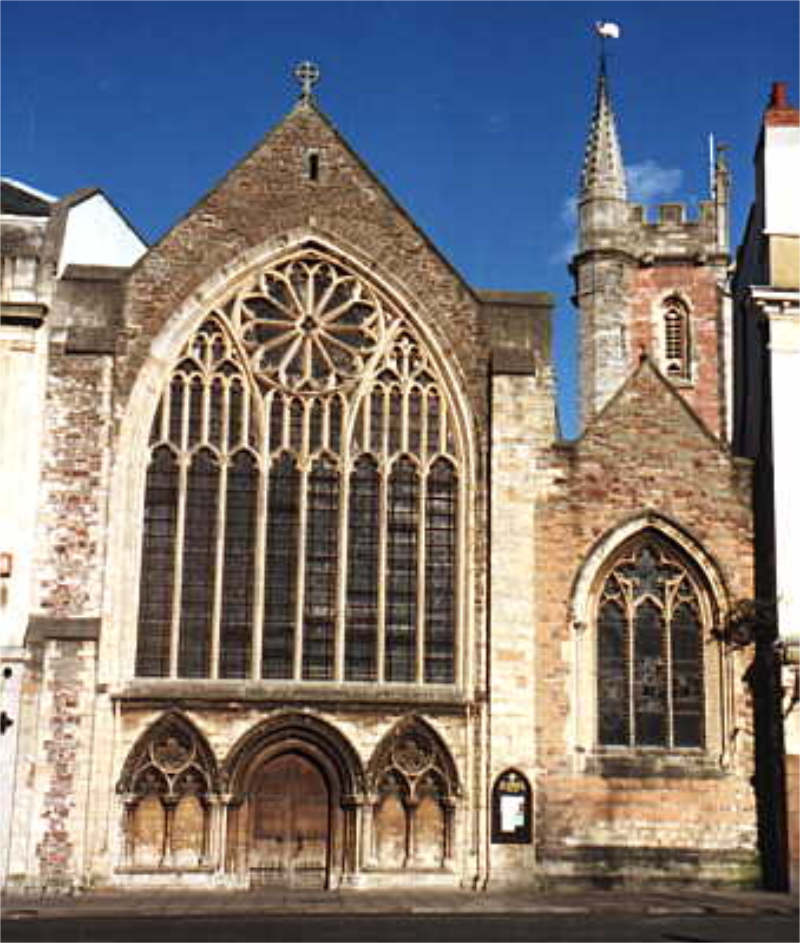
St. Mark’s Church on College Green was given to the Huguenots by the City Corporation. They used the church between1687 and 1722. Mrs. Gautier, wife of the Reverend Gautier the French pastor, opened a boarding and day school.
A few of the Huguenots who settled in Bristol came from wealthy merchant families from La Rochelle and other French Atlantic ports. These include the Peloquins, Laroche and Goizin families. Their trading contacts with other Huguenot and Dutch merchants in America ensured they quickly established themselves and contributed substantially to the city’s prosperity.
One famous Bristol Huguenot was Francis Billo, a metalworker, who became well known for his chandeliers in the West Country. He created a ceremonial crown (c.1733) in copper, to wear for the Processions of the Trades, modelled on a Royal crown. It is now in Bristol Museum. Another renowned Bristol Huguenot was silversmith Solomon (Huguenots were often were baptised with Old Testament names) Egare who then settled in America.
Canterbury, Kent
The Huguenot settlement in Canterbury started when the authorities considered the community in Sandwich, Kent, to have grown too large. 100 families were accepted in 1575. Its numbers continued to swell in the years following the Massacre of St. Bartholomew in France in 1572, and it came to be the largest foreign population outside London.
The welcome extended to Huguenot refugees reflected, in part, the perceived benefit to the local economy, particularly the potential for developing the textile industry. Using the textile processing and weaving techniques learnt on the continent, new draperies were established in textile towns such as Canterbury. They produced lighter fabrics, made from a mix of fibres, suitable for export to Europe, rather than traditional woollen fabrics. The benefits led the Privy Council to protected Huguenot weavers in Canterbury, when they were attacked by locals. Many successful Spitalfields weavers established successful businesses in Canterbury. When Spitalfields weaving flourished in the 18th century, the Canterbury industry went into decline and ceased entirely in 1837.
Canterbury’s Huguenot congregation was first allowed to worship at St. Alphege Church but as their numbers grew they were invited to use the Western Crypt of Canterbury Cathedral. Migration to Spitalfields, and assimilation, saw numbers fall, and they moved to the smaller Black Prince Chantry in the Cathedral, where the Eglise Protestante Française de Cantorbéry [The French Protestant Church of Canterbury] still meets today.
Dover, Kent
Dover’s coastal position and proximity to France made it a natural first point of settlement for Huguenot refugees. Many stayed temporarily, moving on to larger communities in London and Canterbury. Early in the 17C a census was taken of foreign residents in Dover. There were 78 people “two were preachers of God’s Word; three were physicians and surgeons; two were advocates; two esquires; three were merchants; two were schoolmasters; thirteen were drapers, butchers and other trades; twelve were mariners; eight weavers and wool-combers; twenty-five were widows and makers of bone; two were maidens; one the wife of a shepherd; one a gardener, one a nondescript male and one other.
As in many such towns where Huguenots, the Dover textile industry grew and was an important means for the newcomers to earn a living. Dover, and nearby Sandwich, were particularly known for wool combing; the process of arranging the fibres so they are parallel, ready for spinning.
Following the tradition of the Flemish congregation that had been in the town since the 16th century there was a French Church in Dover from the 1640s,. It was part of a triumvirate of Churches with Guisnes, in northern France, and Cadzand, in the Dutch province of Zeeland, which had a mobile population, many of whom moved to Dover and then back onto the mainland. Between 1689 and 1693 the Dover Huguenot settlement was considered large enough to receive monies from the Civil List given by William and Mary.
Exeter, Devon
Outside London, the largest foreign communities in England in the late 17th century were in Devon, Canterbury, and East Anglia where about a third of each population was Huguenot. In Devon, the largest groups were in Exeter and Plymouth. These settlements came about because of each town’s proximity to the sea and relationship with the textile trade, where immigrants could obtain work. In Exeter there were opportunities for skilled weavers in the flourishing serge business. The city briefly became famous for carpet production thanks to Swiss Huguenot Claude Passavant, who purchased a London workshop in 1755, and brought many of the weavers to Exeter. The designs they wove are thought to have been broughtfrom France. Just three Passavant carpets have survived. They are at the V&A Museum, Petworth House and in a private collection.
A Huguenot conformist congregation was started in 1686 at St. Olaves Church, on Fore Street – one of two churches used by the settlers, There was also a non-conformists congregation, founded iin 1620. Those that attended St. Olaves numbered 120 in 1715, under the minister Andrew Majendie. Services were conducted in French, and the church was popularly known as the French church. This ceased in 1758 when its members joined the Anglican Church.
A link to Exeter’s Huguenot past exists today in the gentlemen’s outfitters Luget, located in the Cathedral Yard. The Luget’s – Anne and James – are thought to have been French Huguenots, who married in Exeter in 1806. Their son Follet Luget, born on 17 December 1817, became a tailor and established the name’s association with tailoring in the City.
Norwich, Norfolk
Norwich was the centre of a large textile industry but in the 16th Century (would this be better coming before the previous para’s reference to 18th and 19th centuries?) this industry was struggling. More workers were needed and they came over from an area now covered by Belgium, France and the Netherlands. These refugees were known as ‘Strangers’ – and they taught local workers to produce new types of cloth in different ways which boosted the textile industry. They also helped to rebuild an area north of the River Wensum after it was devastated by fire in 1507. They supported English parishes by donating money to them and Dutch and French schools were established in the area.
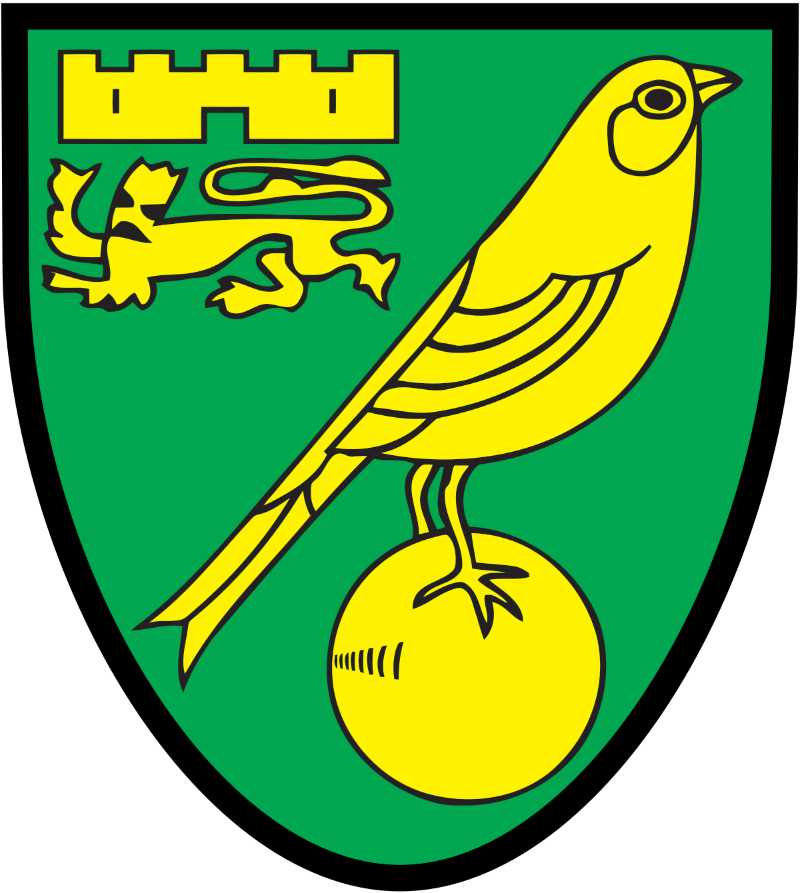
The Huguenots were responsible for draining Norfolk’s fens. Before moving to England their skills in this area had been deployed in draining the marshes from Dunkirk to Calais. Between 1627 and 1652 they reclaimed 40,000 acres of fenland. In the 18th and early 19th centuries, the radical ideas of the French boosted industry so much that, at this time Norwich was the most important manufacturing city outside London.
Norwich City Football Club is known as ‘The Canaries’. A name that came from the Strangers. They were famous for breeding canaries, and the football club’s name is one of their most famous legacies. Many Norwich residents are descendants of these Strangers, whose influence can still be seen in buildings around the region, as well as in the way Norfolk people talk.
Plymouth, Devon
Many Huguenots escaped persecution in France and sought sanctuary in Plymouth in the 1680’s. A large Huguenot community settled in Plymouth with another at nearby Stonehouse. These entrepreneurial and often highly skilled merchants and traders found themselves at ease in their new homes. They thrived in their new surroundings and provided new opportunities and contacts to the traders and merchants of Plymouth. French language services were held at St. George’s Chapel and at the old friary on Southside Street as the Huguenots continued their faith in their mother language.
Rye, East Sussex
From 1562 Rye gave shelter to large numbers of Huguenots fleeing from persecution in France and in 1582 there were over 1500 out of a population of about 3500, living in the town. For a time they held their own services in the church but by the end of the century, they attended the ordinary services. In 1685 a further 50 Huguenot families arrived after the Revocation of the Edict of Nantes. Some of the Huguenots’ descendants worship in the church to this day.The famous “Quarter Boys” church clock was made in 1562 by the Huguenot Lewys Billiard who was paid £30 for his work. It is one of the oldest functioning turret clocks in the country.
Jeake’s House in Rye originally belonged to the Jeake family. Of Huguenot origin, the family’s Rye resident was a late 16th-century merchant, William Jeaque (a possible corruption of Jacques). William’s son Henry set up a bakery in the High Street. and his grandson, Samuel Jeake junior, made his living as a wool merchant using Jeake House to store his wool.
Historian Jo Kirkham has produced a map of a Huguenot walk in Rye highlighting locations of special interest. The Huguenot Walking Map costs £1 and can be obtained from the East Street Museum in Rye or via their email info@ryemuseum.co.uk
Soho, London
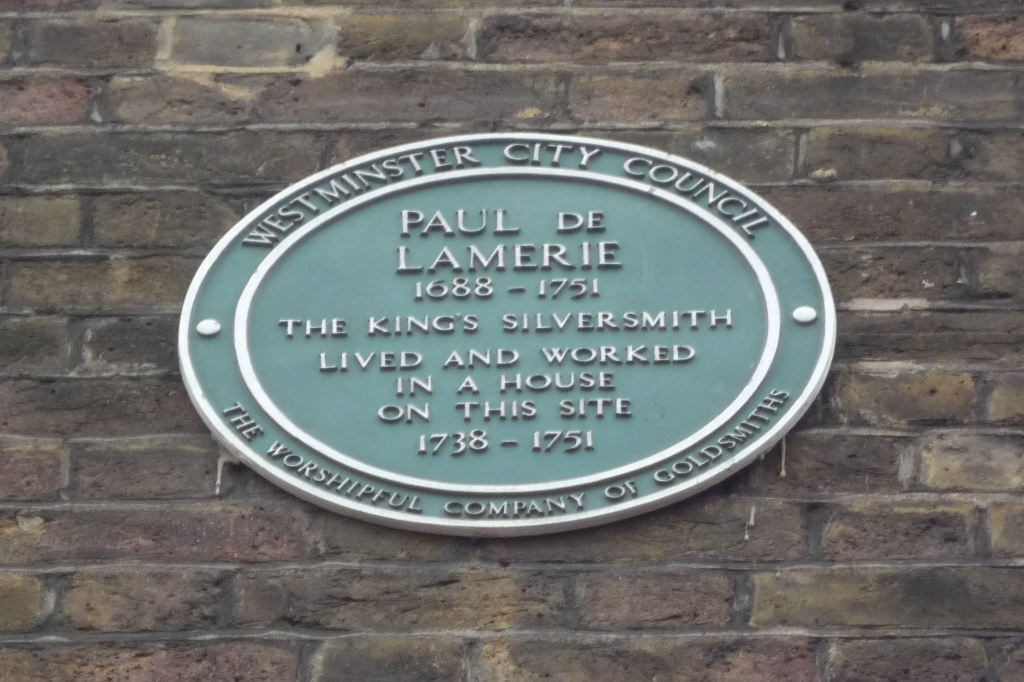
As with Spitalfields and Bethnal Green, late seventeenth and early eighteenth-century immigrants to Soho were driven by religious conviction and dominated by Protestant refugees. In the mid-eighteenth century William Maitland could claim: “Many parts of this parish so greatly abound with French that it is an easy matter for a stranger to imagine himself in France”.
The French Protestant Church of London in Soho Square is the only remaining Huguenot church in London.
Southampton, Hampshire
In one corner of Town Quay Park, there is a small garden dedicated to the Huguenots who came to Southampton seeking sanctuary from religious persecution in France and the Netherlands.
A Mulberry tree, which is a symbol of the silk industry brought to the city by the Huguenots, shades plants of French origin. A nearby plaque donated by the Women’s Gas Federation for its opening in 1985 explains the garden’s history.
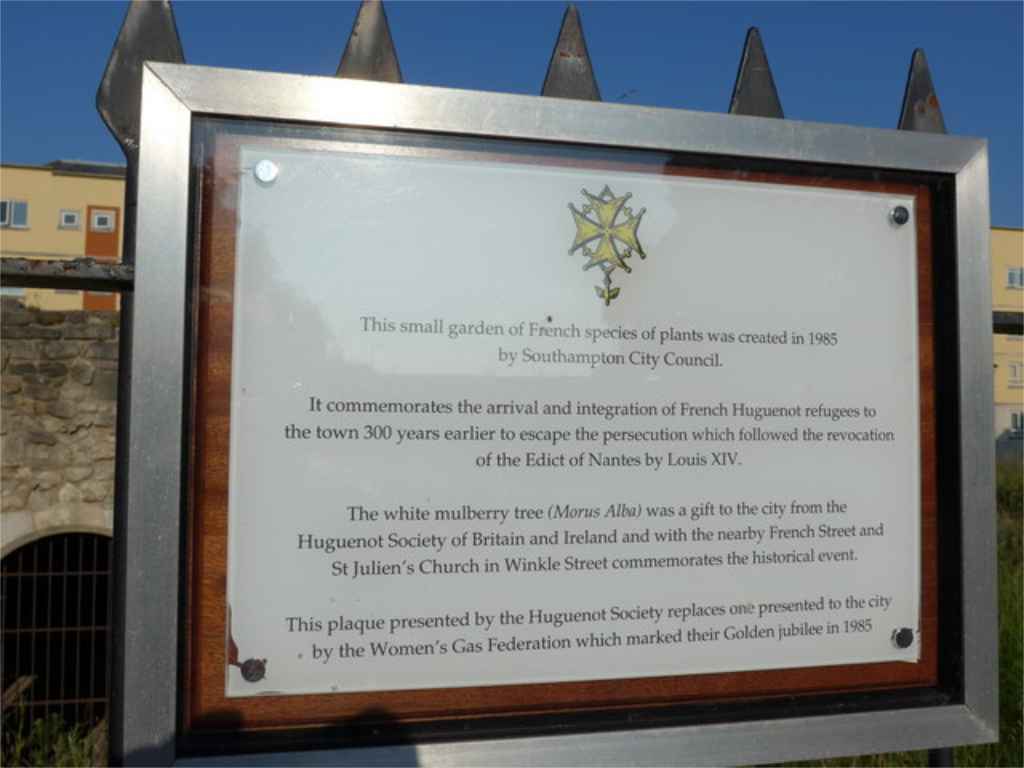
Spitalfields, London
Spitalfields’ historic association with the silk industry was established by French Protestant refugees who settled in this area after the Revocation of the Edict of Nantes in 1685. By settling here, outside the bounds of the City of London, they hoped to avoid the restrictive legislation of the City Guilds. The Huguenots brought with them little, apart from their skills, and an Order in Council of 16 April 1687 raised £200,000 for the relief of their poverty. In December 1687, the first report of the committee set up to administer the funds reported that 13,050 French refugees were settled in London, primarily around Spitalfields, but also in the nearby settlements of Bethnal Green, Shoreditch, Whitechapel and Mile End New Town.
The late 17th and early 18th centuries saw an estate of well-appointed terraced houses, built to accommodate the master weavers controlling the silk industry, and grand urban mansions established around the newly created Spital Square. In 1860, a treaty was established with France, allowing the import of cheaper French silks. This left the many weavers in Spitalfields, and neighbouring Bethnal Green and Shoreditch impoverished New trades such as furniture and boot making came to the area; and the large windowed Huguenot houses were found suitable for tailoring, which attracted a new population of predominantly Jewish refugees drawn to live and work in the textile industry.
Thorney, Cambridgeshire

Refugees were invited to settle in Thorney, in the fenlands, because of their expertise in maintaining drained land, for cultivation and farming. Moving to Thorney offered advantages. Oliver Cromwell declared that if they newcomers bought or farmed lands they were accounted “free denizens of the Commonwealth”. In a proclamation, the settlers were given extra rights, including some tax relief and exemptions from military service overseas for forty years. They worshiped in the ruins of Thorney Abbey, where there is a marble memorial tablet inscribed to Ezekiel Danois of Compiegne, France, the first minister of the Huguenot colony which fled to Thorney to avoid persecution. He was at Thorney Abbey for 21 years, and buried there, aged 54, in 1674. Huguenot pastors continued to minister at Thorney until 1715.
In about 1685, the French Church in London moved a group of Huguenots into the Thorney area to “take part in that congregation” to “bolster” the population. The French Church had been having trouble with the Walloons at Thorney and Norwich for a long time. The Walloons spoke and readtheir own language, Romand, a romance language very like French but much older. They did not want pastors coming from London to preach in French so they arranged for their pastors to come from the Netherlands.
Winchester
Winchester Cathedral was home to the George Prevost Monument. Sir George Prévost, 1st Baronet (1767 – 1816) was a British soldier and colonial administrator. His father, Major General Augustine Prévost (1723 – 1786), was a Swiss-born British soldier born to a French Huguenot family originally from Poitou, France.
In Winchester Cathedral’s Triforiium Gallery there is a plaque of Thomas Garnier, Dean of Winchester (1776-1873). Dean Garnier’s Garden in the close of Winchester Cathedral is named after him.

